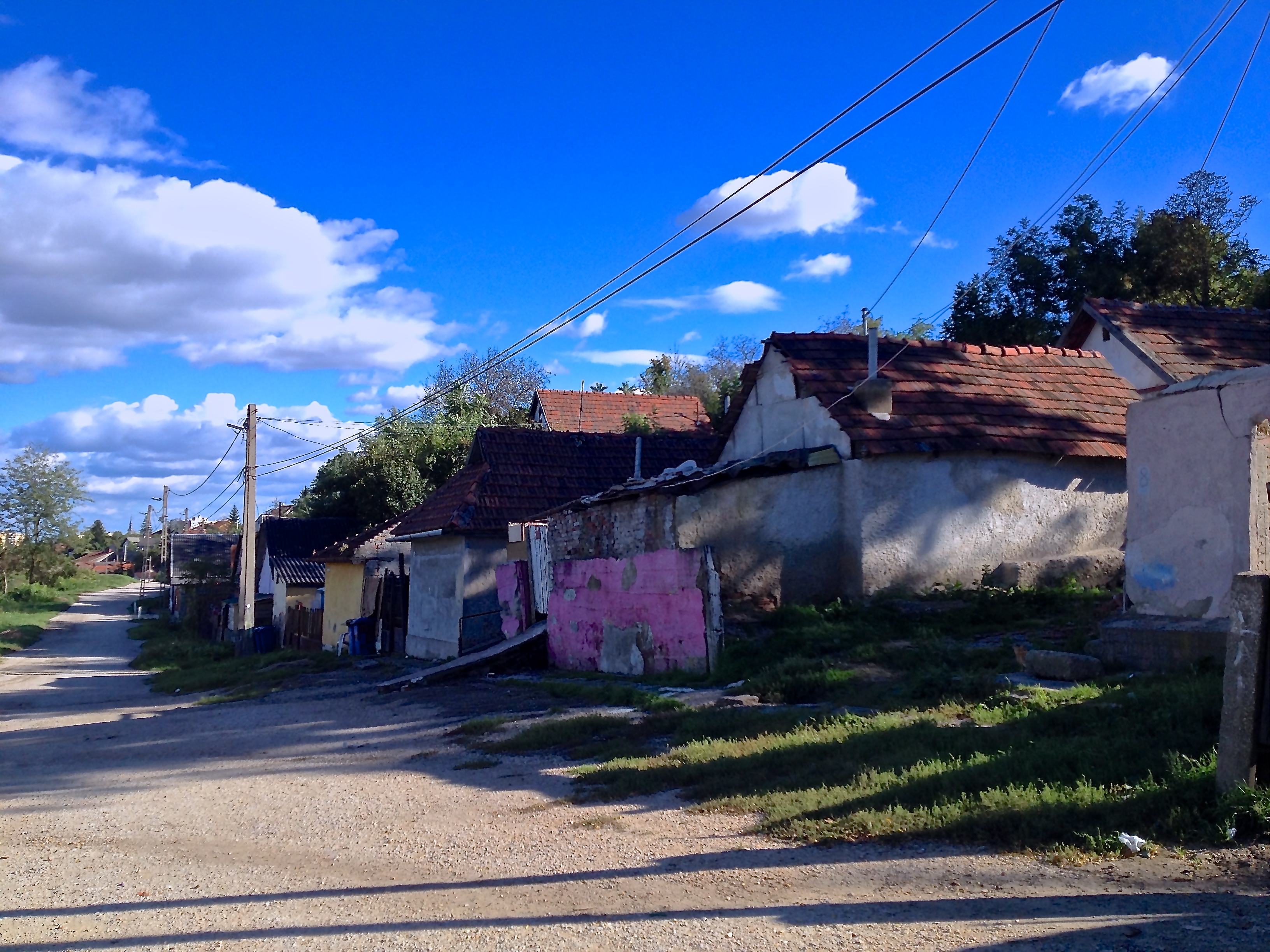
THE EMPATHY GAP
Arabs and Israelis in the Middle East; Catholics and Protestants in Northern Ireland; Democrats and Republicans in Congress (Duke and Carolina basketball fans?)—why can't we all just get along? Mostly it has to do with our brain's inability to empathize with others who are different, explains Pulitzer Center grantee Jeneen Interlandi in a fascinating feature story for The New York Times Magazine.
"Governments and nongovernmental organizations have spent decades perfecting the art of collective persuasion—getting people to do things that are good for them and for society. They have persuaded us to eat more vegetables and to wear our seatbelts, to walk for cures and to give to charity," writes Jeneen. "What has not come so easily is persuading us to identify with—or even tolerate—people we perceive as outsiders."
Jeneen's article explores the ground-breaking work of Emile Bruneau, a cognitive neuroscientist at the Massachusetts Institute of Technology: "By supplementing psychological experiments with brain scans, he is trying to map when and how our ability to empathize with one another break down, in hopes of finding a way to build it back up."
THE LOST BOYS RETURN
For more than two decades, the military junta that ruled Burma used the forced conscription of children—some as young as 11—to fill the ranks of its army. Pulitzer Center grantee Spike Johnson tells The Washington Post that kidnappings, beatings, even drugging were common tactics used to pry boys away from their families and send them to the front lines, to sweep for mines and to fight.
The number of children taken captive and still missing is not known, but one recently released boy who was forced into the army at age 14 told Spike that "if the military released all of the child soldiers, there would be no one left."
As a result of pressure from the UN and humanitarian organizations, the new Burmese government appears to be making some effort to release the child soldiers. Spike's powerful photographs tell the ongoing story of these boys—now men—as they attempt to re-integrate into a society that in many cases had given them up for dead.
TRACKING EBOLA
Pulitzer Center grantee Amy Maxmen adds to her already impressive roster of reportage on the West African Ebola epidemic with a timeline for Nautilus that tracks the rapid spread of the disease and the international community's slow response, and a National Geographic feature that looks at some of the cultural issues that have made it difficult to arrest the spread of the disease.
"As the Ebola death toll swells above 10,000 in Sierra Leone, Liberia, and Guinea, the need to end the outbreak grows all the more urgent," says Amy. In her most recent reporting she looks at how an unlikely alliance of government officials, international aid workers, village headmen and chiefs, and ordinary citizens are trying to halt the chain of transmission by identifying and monitoring anyone who may have come in contact with the virus.
NEW ON INSTAGRAM
Visit the newly launched Pulitzer Center Instagram account! This week grantee Matt Black is posting images from his work in the Mexican state of Guerrero that will soon be featured in The New Yorker. Please follow us on Instagram @pulitzercenter.
Until next week,
Tom Hundley
Senior Editor



